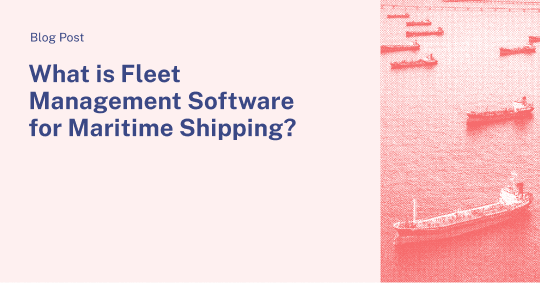At Nautilus Labs, maritime transportation is more than just a focus, it’s a reality we live every day. Our Manhattan office is surrounded by water, and the NYC Ferry Service compliments our world-class public transportation infrastructure. The ferry service has seven routes that span 60 nautical miles, and are serviced by a fleet of 27 boats. They were kind enough to invite a group of Nautilists to tour their terminal in the Brooklyn Navy Yard last week.
Appropriately enough, I took the ferry to the ferries.
I met the 87-foot, 150 passenger boat called Lunchbox (more on this later) at the 34th St. landing in Manhattan. For $2.75, I rode the Astoria line 15 minutes south to the Brooklyn Navy Yard. (An equivalent trip via subway and bus would have taken about an hour.) Once there, I walked over to the newly rebuilt Pier C, home to the 27 boats of the NYC Ferry Service.
We were met by Ethan Wiseman of the NYC Economic Development Corporation. The EDC is partnered with Hornblower Cruises in operating the ferry service. Ethan walked us down the pier to another one of their ferries, the Friendship Express. He explained that as part of the EDC’s outreach, the ferries were largely named by second graders in schools near the new ferry landings. Other winning names include McShiny, Owl’s Head, and Waves of Wonder. He went on to tell us about how they’ve grown the ferry system (serving 12.9 million riders since its launch in 2017).
Revitalizing Pier C was the first stage in growing the ferry service.
Ethan showed us photos of the demolition of the old wooden pier, the driving of new pilings, and the assembly of precast and cast-in-place reinforced concrete elements. By contrast, the new pier has space for the fleet of 24 150-passenger boats, as well as three more 350-passenger boats that service the Rockaway and (planned) Coney Island routes. It also has space to pull three boats out of the water for service at any time, as well as room for spares.
Included on the tour was a veritable treasure trove of replacement screw propellers. Ethan told us that due to debris in the East River, they wind up replacing two to three propellers per week across their fleet. The three-foot wide, roughly 100lb bronze propellers are sent off to be repaired and refinished.
Also included on the tour were four 10,000 gallon fuel tanks. Ethan told us that trucks deliver enough ultra-low sulfur marine diesel oil to refill one to two of those tanks every day. A manifold was added to deliver fuel via bunker barge, but that won’t happen until the EDC can complete a second terminal to support additional vessels currently on order.
Friendship Express is an 87-foot long, all-aluminum, twin hulled catamaran. The six-cylinder Baudoin diesel power plants are a little smaller than the bigger-than-my-apartment engines on container ships that I’m used to, but they’re capable of propelling the boats up to a cruising speed of 25 knots. One of the most interesting parts was how connected the ship is. The Hornblower Operations department receives the ship’s live position, and can verify that every ship is on track and on schedule. The ship’s displays and announcements are also driven by GPS coordinates.
We very much appreciated the opportunity to tour the NYC Ferry Terminal. The New York Waterway is a fantastic resource for our city, and it’s wonderful that the city is so enthusiastic about developing our usage of it.


